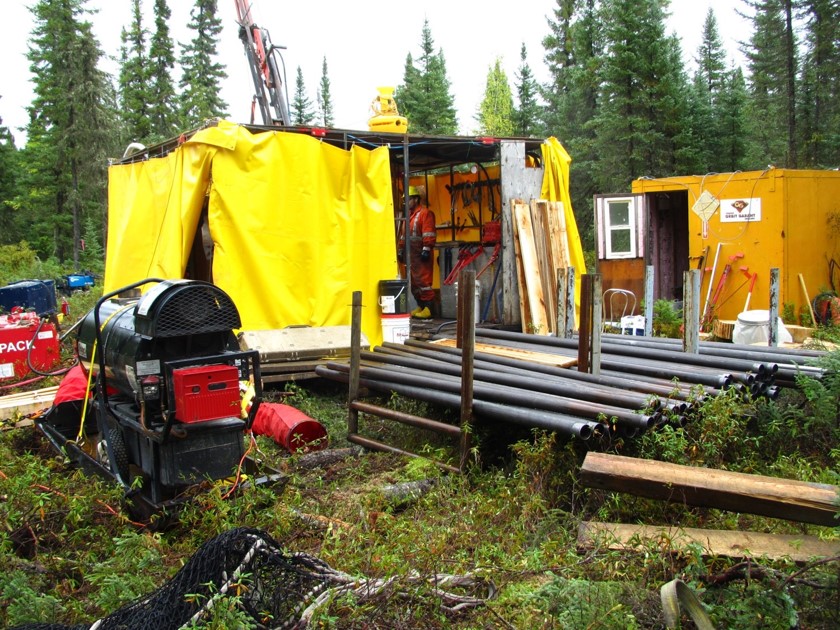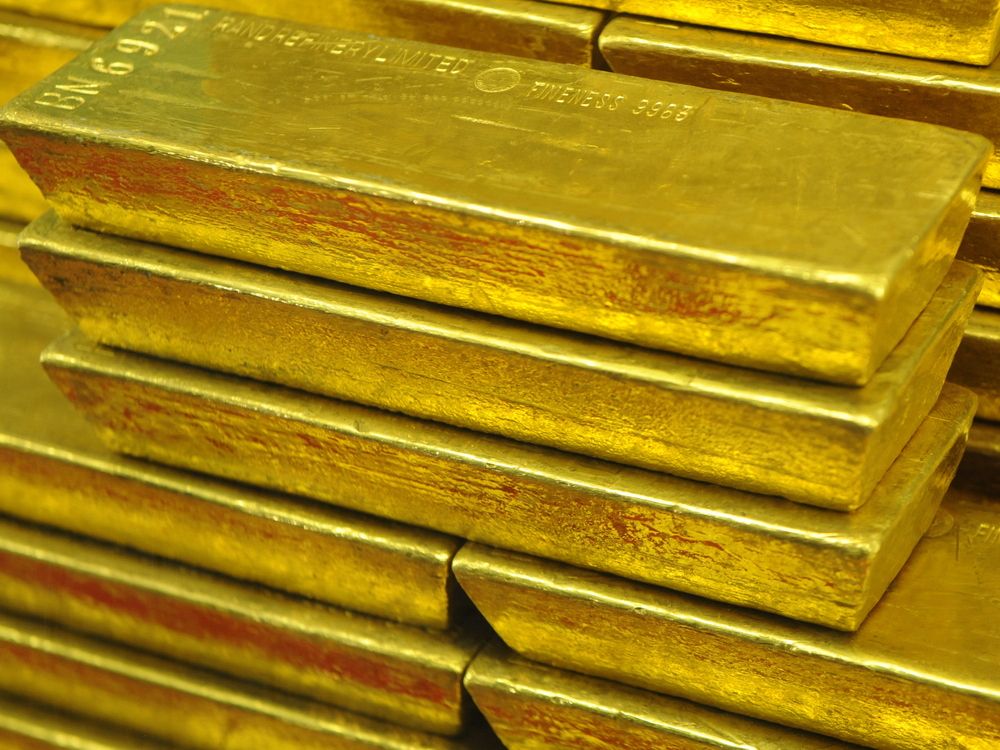Romios, Lakehead University research gold, base metals project in NW Ontario

In addition to the funding to be provided by Romios, this research project has been awarded C$100,000 in funding by the Natural Sciences and Engineering Research Council of Canada (NSERC).
“The geology of the gold and base metal systems at Lundmark-Akow Lake is somewhat unusual so we are very pleased to partner with a world-class researcher like Dr. Hollings and his students in our ongoing efforts to determine the origins and controls of this mineralization and potentially locate additional gold and base metal zones,” commented John Biczok, Romios’ VP exploration.
The Lundmark-Akow Lake project has at least three VMS style base metal zones, a high-grade quartz vein, and a series of what Romios calls ‘epithermal-looking’ and gold-bearing calcite veins up to 7 metres wide. The gold-quartz vein assayed 4.8 metres at 8.64 g/t gold.
Romios drilled the VMS zones in 2019, with the best assays reaching 2.4 g/t gold and 1.26% copper. There were also silver, zinc and lead values. Five holes targeted the VMS zones last year, and assays from them are pending.
Research on the VMS samples will include detailed mineralogical, lithogeochemical and petrographic studies of the alteration pathway and the mineralized horizons. This work will assist Romios in targeting additional mineralized zones. Age-dating of the numerous blue quartz-eye porphyry intrusions and felsic volcanics is expected to reveal any links between the intrusive and volcanic units as well as helping to determine if the mineralized units are repeated by folding.
The gold-bearing veins at Lundmark-Akow Lake are of two types – quartz-pyrrhotite veins assaying and coarse-grained, epithermal-looking calcite +/– dolomite-pyrite-pyrrhotite-chlorite veins. These carbonate veins are thought to have formed from deep-seated, high-pressure fluids potentially related to the nearby gold-quartz veins. Assays are pending from three holes drilled last year.
The second part of the research program will focus on the mineralogy, conditions of formation (pressure, temperature, fluid chemistry, etc.), and the controls on the gold mineralization in these veins. This work is expected to aid Romios in determining the local and regional potential of these veins and any relationship to the gold-bearing quartz veins.
(This article first appeared in the Canadian Mining Journal)




